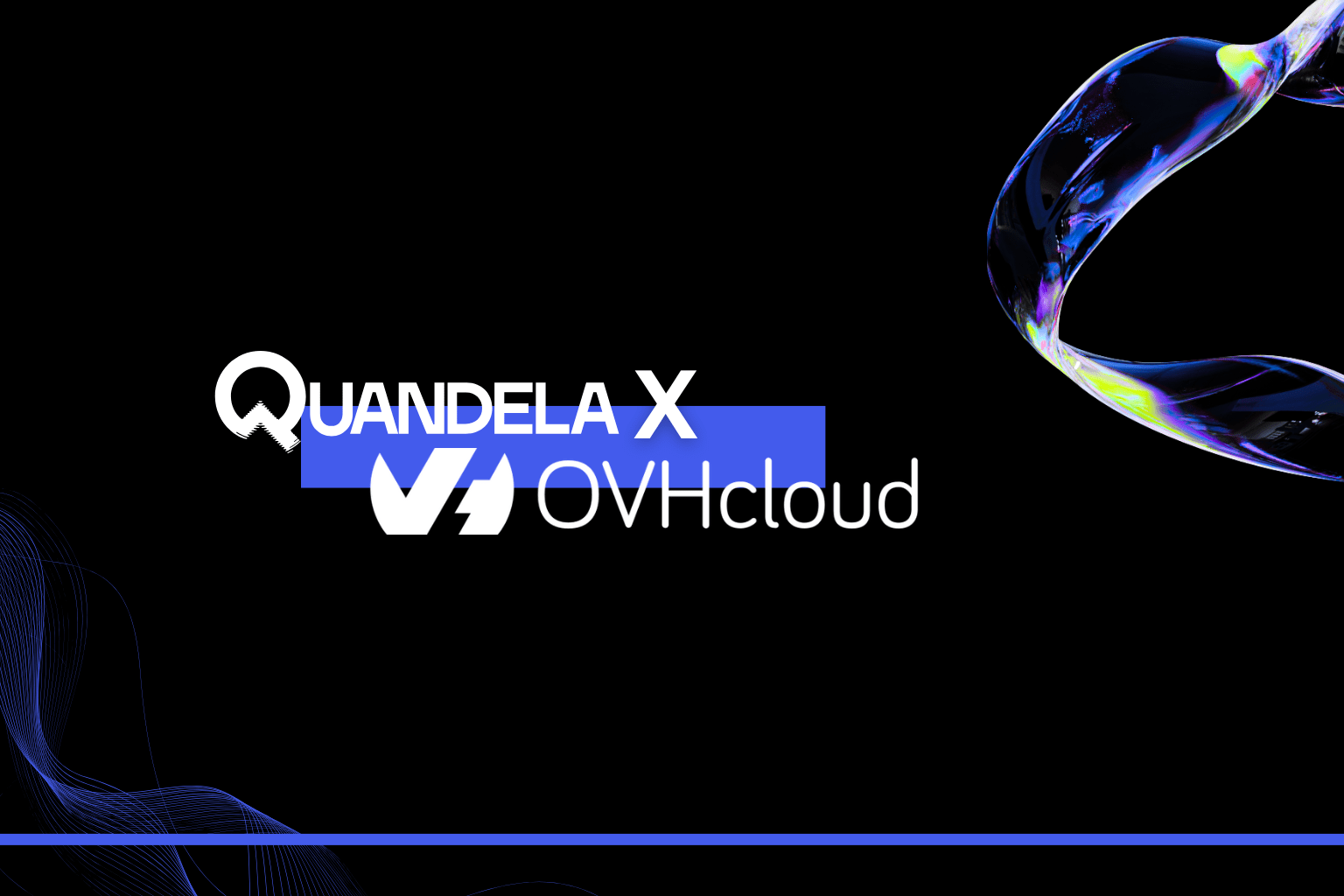Quandela, the European-based quantum computing provider, is announcing the release of its new version of its quantum computing cloud service, Quandela Cloud 2.0, providing end-users with the most powerful platform for developing photonic quantum applications.
Initially launched in January 2023, and now comprised of hundreds of corporate users, Quandela Cloud is a comprehensive platform to discover, learn, test, and develop quantum solutions. It gives access to the most advanced quantum servers available at Quandela, easy to use software for generating and manipulating quantum circuits, as well as middleware for executing hybrid quantum-classical workflows in heterogeneous computing environments.
For developers, researchers and quantum engineers, this announcement comes with multiple benefits: • Quandela Cloud 2.0 delivers significant improvements in circuit construction, compilation times, and memory consumption compared to the earlier release.
• Perceval, the open-source framework to program photonic quantum computers provides developers with versatile and powerful user tools for mapping circuits to quantum hardware and executing them on simulators or actual QPUs.
• The introduction of new application-centered SDKs and APIs aims to facilitate seamless integration into cloud system dataflow and hybrid computing with classical processors (CPU and GPU) in data center infrastructures.
This release follows the successful launch of two quantum computing systems with cloud providers in Europe and North America. As Quandela continues its path, it remains dedicated to timely deliveries and ongoing technical advancements.
Discover the Key Enhancements in This New Release:
Quantum Toolbox: This comprehensive suite includes pre-optimized primitives tailored for specific applications such as Variational Quantum Eigensolver (VQE) and graph analysis. It expedites the time to production of quantum algorithms for industry-specific use cases, by providing a native optimization of these algorithms with Quandela QPUs and selected GPUs. Backed by the expertise of Quandela’s application team, users will receive direct support to maximize the utility and efficacy of these tools.
Exqalibur – GPU-Enhanced Emulation: Introducing a new emulator for photonic qubits that leverages the capabilities of the most powerful GPU, and enables computations at an unprecedented scale. With this advancement, users can now explore up to 150 billion parameter spaces across 20 photonic qubits at kilohertz rates, facilitating faster prototyping and optimization of quantum algorithms.
Exclusive QPU Reservation Service: In addition to standard on-demand access, the new system offers premium users an intuitive reservation platform to secure QPU time on designated dates and times. This tailored reservation model enhances the user experience by facilitating seamless coordination among development teams.
QPU Advancement – Introducing Altair: With the release of Quandela Cloud 2.0, significant enhancements have been made to the quantum computing hardware. Altair, the latest 10-qubit quantum processor takes central stage and is now accessible to developers worldwide. This upgraded quantum processing unit builds upon the success of its predecessor, Ascella, which was launched in January 2023 and operated for over 12,900 hours. Ascella achieved a remarkable availability rate of 92% over a 6-month operation.
Built-in Error Mitigations: Two powerful patented error mitigation techniques have been introduced for the control of Altair, allowing us to push further the fidelity and quantum gates speed:
• AI-driven Quantum Fidelity Enhancement: This technique harnesses the power of machine learning’s ‘clear-box’ methodology to significantly mitigate hardware imperfections. This innovative approach boosts qubit fidelity by several percentage points, ensuring even greater reliability and performance in quantum computing applications. Further details are provided below.
• Photon Recycling: This unprecedented technique exploits lossy output photon states to consolidate statistics of non-lossy states, allowing for a more precise estimation of the probability distribution with fewer numbers of shots.
Combined with AI-boosted error mitigation software and transpilation technique, Altair reaches fidelities of: 1-qubit gate: 99.94%, and 2-qubit gate: 98.2% and a Q-score of 6.
About Quandela
Quandela, entreprise leader dans le domaine du calcul quantique, propose des solutions de niveau industriel. Quandela conçoit, construit et fournit des systèmes quantiques prêts à l’emploi pour les datacenters, des processeurs quantiques accessibles via le cloud, et des services d’accès aux algorithmes.
Fondée en 2017 par la professeure Pascale Senellart, directrice de recherche au Centre de nanosciences et nanotechnologies (C2N) du CNRS, Niccolo Somaschi et Valérian Giesz, experts de renommée internationale en physique quantique, Quandela emploie plus de 100 collaborateurs de 20 nationalités différentes, en majorité des chercheurs et des ingénieurs en optique, algorithmes et sciences de l’information.
Quandela s’engage à rendre l’informatique quantique accessible à tous pour relever les défis industriels et sociétaux les plus complexes.
Pour en savoir plus : www.quandela.com
GB
Quandela, a leader in quantum computing, specializes in industry-grade quantum computing solutions. Quandela designs, builds, and supplies datacenter-ready quantum computing systems, cloud-accessible quantum processors, and algorithm with industrial value.
Founded in 2017 by Professor Pascale Senellart, Research Director at the Centre for Nanosciences and Nanotechnologies (C2N) at CNRS, Niccolo Somaschi and Valerian Giesz, internationally renowned experts in quantum physics, Quandela currently has over 100 employees from 20 different nationalities, mostly researchers and engineers in optical, algorithm and data science.
Quandela is committed to making advanced quantum computing accessible and beneficial for all, empowering innovators to solve the most complex industrial and societal challenges.




